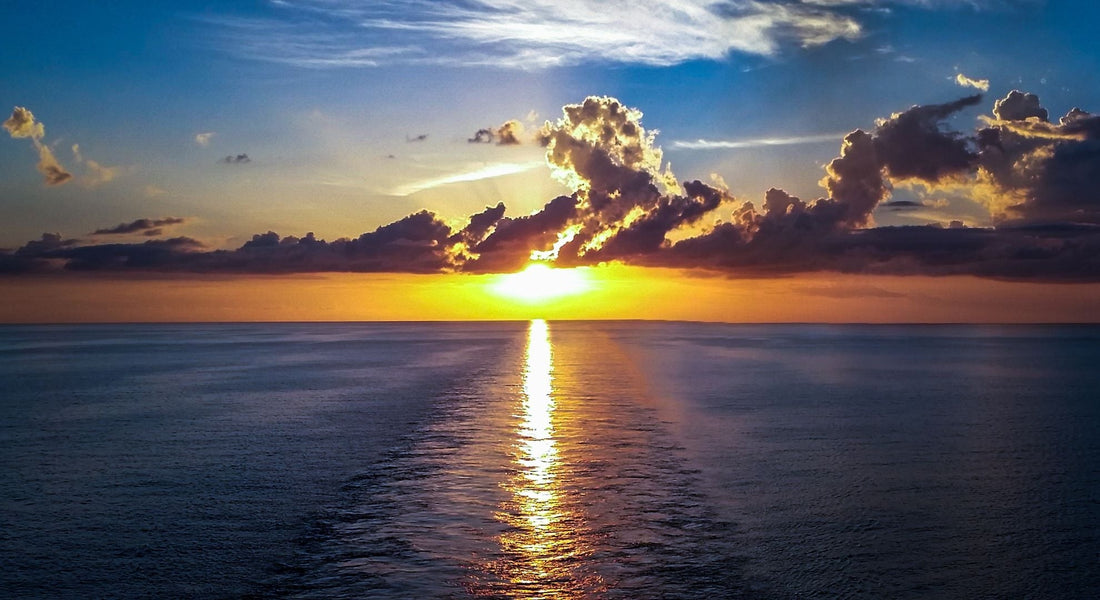
Greener Horizons: How the Cruise Industry is Sailing Toward Sustainability
Share
Cruising has long been associated with indulgence, luxury, and the open sea. But in recent years, it has also faced intense scrutiny for its environmental impact—ranging from carbon emissions and fuel consumption to ocean pollution and overtourism. In response, the cruise industry is undergoing a transformation, investing in cleaner technologies and sustainable practices. While there's still a long way to go, the waves of change are undeniable.
⚡ A Cleaner Fuel: The Rise of LNG and Alternative Energies
One of the most significant shifts in cruise sustainability is the adoption of liquefied natural gas (LNG) as a cleaner-burning fuel. LNG-powered ships produce up to 25% fewer CO₂ emissions, eliminate 100% of sulfur oxide emissions, and reduce 85% of nitrogen oxide emissions, according to Cruise Lines International Association (CLIA).
Major cruise lines like Carnival Corporation and MSC Cruises have launched LNG-powered vessels such as AIDAnova and MSC World Europa.
Looking ahead, cruise lines are exploring biofuels, hydrogen fuel cells, and battery-hybrid ships, aiming to reduce emissions further (Royal Caribbean, Hurtigruten).
🌊 Waste Not: Water and Waste Management Innovations
Ships now come equipped with Advanced Wastewater Purification Systems (AWPS) that treat water to near-drinking standards, exceeding international requirements (EPA).
Efforts to eliminate plastics include:
- Hurtigruten banning single-use plastics.
- Virgin Voyages eliminating plastic bottles, straws, and bags onboard.
Ships like Scarlet Lady use waste heat recovery systems to power operations more efficiently.
⚓ Shore Power and Greener Ports
Shore power allows ships to connect to the local grid while docked, cutting emissions dramatically in port cities like Los Angeles, Bergen, and Juneau.
Companies including Princess Cruises now support shore power across a growing number of ships, with infrastructure provided by ports like Port of Los Angeles.
🚢 Smarter Ships, Greener Operations
Modern vessels feature streamlined hulls, friction-reducing coatings, and air lubrication systems that save energy. Carnival Corporation has also introduced AI tools to optimize ship performance and fuel usage.
🌍 Responsible Tourism and Offsetting Carbon
Ponant focuses on small-scale, low-impact tourism, local sourcing, and environmental offsetting in sensitive destinations.
Norwegian Cruise Line Holdings offers carbon offset options to travelers, while Royal Caribbean Group has committed to net-zero cruising by 2050 through cutting-edge fuel cell and battery-powered ships.
🛳️ What Lies Ahead: A Blueprint for Zero-Emission Cruising
As global regulations tighten and travelers become more eco-conscious, the cruise industry is preparing for a future defined by low emissions and innovation. The IMO 2050 Strategy calls for shipping—including cruise—to dramatically cut greenhouse gas emissions in the coming decades.
🌿 Final Thoughts
While cruising may never be entirely free of environmental impact, the industry is making serious strides. By supporting sustainable cruise lines and engaging responsibly as travelers, we can ensure a healthier future for the oceans that give us so much joy.
The sea gives us wonder, peace, and adventure—it’s our responsibility to ensure we give back with care.
